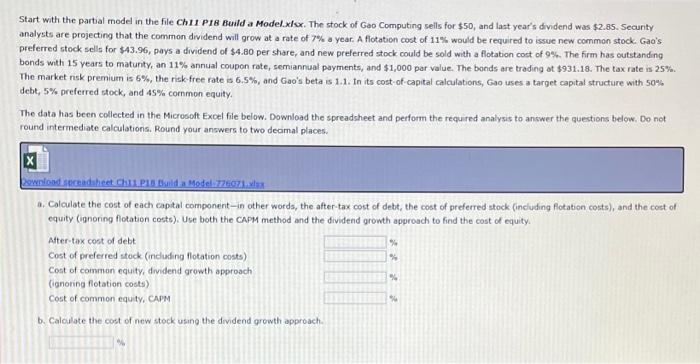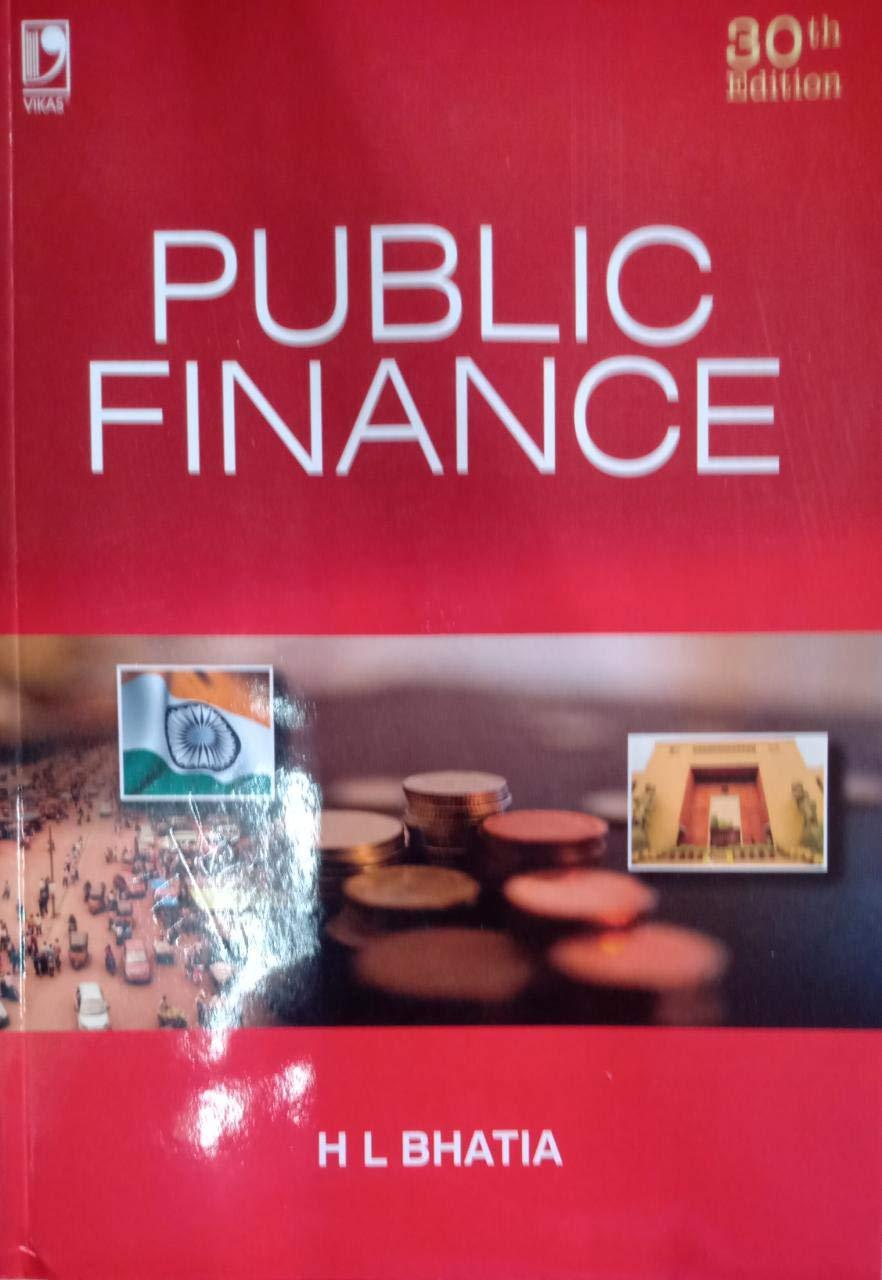Start with the partial model in the file chu Pi8 Build a Model.xlsx. The stock of Gao Computing sells for $50, and last year's dividend was $2.85. Security analysts are projecting that the common dividend will grow at a rate of 7% a year. A flotation cost of 11% would be required to issue new common stock. Gao's preferred stock sells for $43.96, pays a dividend of $4.80 per share, and new preferred stock could be sold with a flotation cost of 9%. The firm has outstanding bonds with 15 years to matunty, an 11% annual coupon rate, semiannual payments, and $1,000 par value. The bonds are trading at $931.18. The tax rate is 25% The market risk premium is 6%, the risk free rate is 6.5%, and Gao's beta is 1.1. In its cost-of-capital calculations, Gao uses a target capital structure with 50% debt, 5% preferred stock, and 48% common equity. The data has been collected in the Microsoft Excel file below. Download the spreadsheet and perform the required analysis to answer the questions below. Do not round intermediate calculationis. Round your answers to two decimal places x ownload duheetchup Build a Model: 7760. a. Calculate the cost of each capital component-in other words, the after tax cost of debt, the cost of preferred stock (including flotation costs), and the cost of equity (ignoring flotation costs). Uue both the CAPM method and the dividend growth approach to find the cost of equity After-tax cost of debt Cost of preferred stock (including flotation costs) % Cost of common equity, dividend growth approach Cignoring flotation costs) Cost of common equity, CAPM % b. Calculate the cost of new stock using the dividend growth approach a. Calculate the cost of each capital component-in other words, the after-tax cost of debt, the cost of preferred stock (including flotation costs), and the cost of equity (ignoring flotation costs). Use both the CAPM method and the dividend growth approach to find the cost of equity. After-tax cost of debt Cost of preferred stock (including flotation costs) Cost of common equity, dividend growth approach Gignoring flotation costs) Cost of common equity, CAPM b. Calculate the cost of new stock using the dividend growth approach. % % % C. Assuming that Gao will not issue new equity and will continue to use the same target capital structure, what is the company's WACC %








